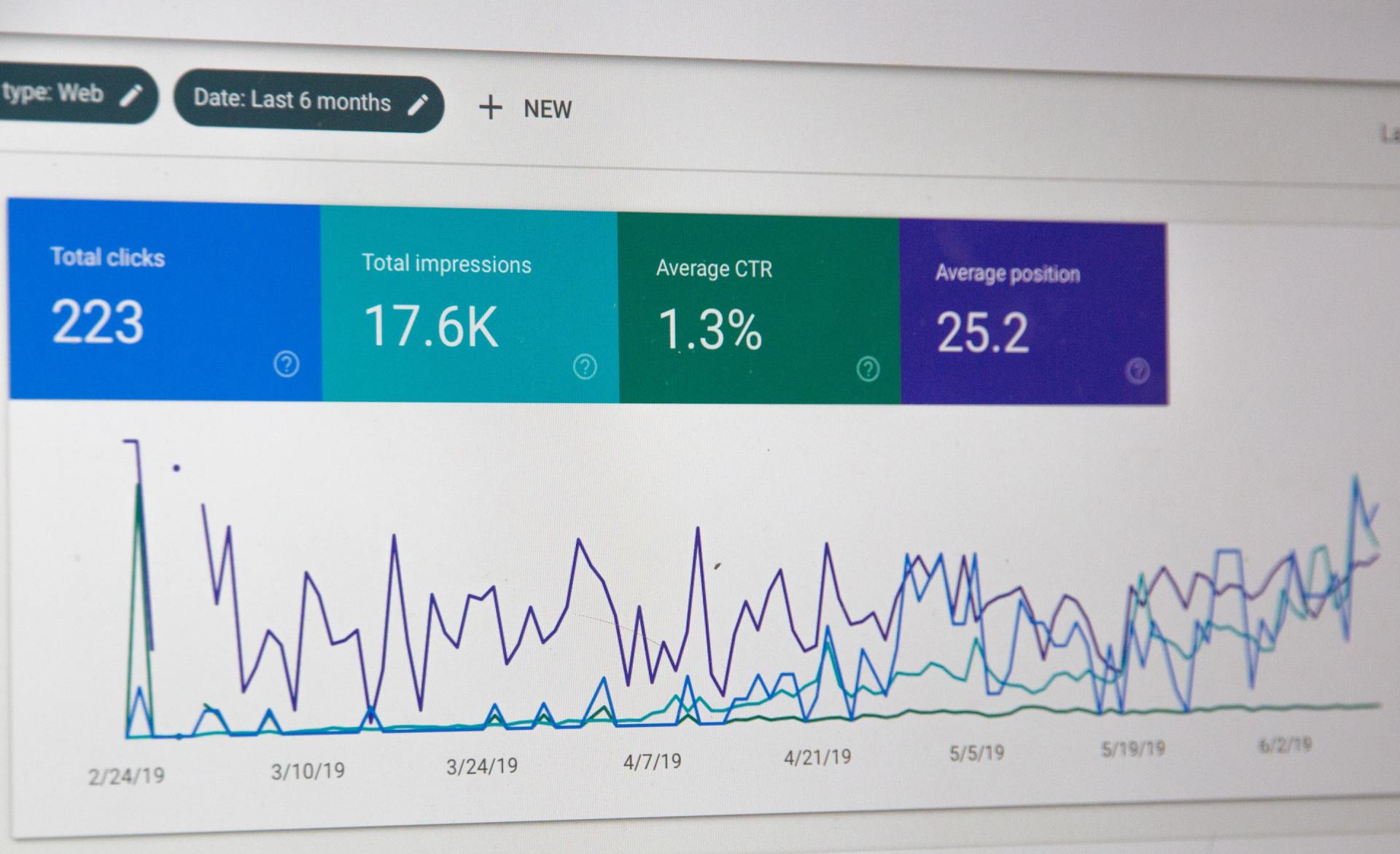5 Recession-Proofing Strategies for Small Business Owners
Are you looking for ways to recession-proof your small business? Small-business owners that have dealt with shutdowns, a crazy labor market, supply chain disruptions and multiple other challenges over the past few years.

Now, small businesses are facing historic levels of inflation. Some experts are say a recession is likely.
In a recent survey conducted by the National Federation of Independent Business, more than two-thirds of small businesses report a rise in selling prices. Small business owners increasingly project declines in sales for 2022 - 2023; likely to reach the lowest level of business sales projections recorded in NFIB’s 48-year-old survey (NFIB, 2022). NFIB Chief Economist Bill Dunkelberg states, “Small business owners remain very pessimistic about the second half of the year as supply chain disruptions, inflation, and the labor shortage are not easing.” With continued recession on the horizon, small business owners are going to need to find a way to navigate this new landscape.
In the following article, we have outlined the top recession-proofing strategies to start implementing now in order to stay ahead of potential business threats stemming from a sluggish economy.
Recession-Proofing Strategies for Small Business Owners Outlined
#1 Maximize Your Client List:
Savvy and strategic small-business owners should take proactive steps toward sidestepping the impacts of a potential recession by leaning heavily on customer reactivation campaigns. Existing customers are vital to successfully navigating the impacts of a potential economic downturn. Keys to maximizing your current client list include re-connection with clients that you may have lost touch with and leveraging marketing possible marketing campaigns.
This step begins with setting up a proactive client marketing process if you do not have one in place. A successfully client marketing process will support your current marketing needs, consider long-term goals, and identify activities to engage in to support accomplishing the goals. In addition, tracking the results from each activity will ensure you follow through on steps along with review the success of each process along the way.
Next, start making contact with former clients through email, calls, or setting up appointments. Reviewing your marketing strategies are also important to uncover what solutions have worked and what options you may not have tried that potentially benefit your business. To begin re-connecting with current clients, consider the following:
- Set up lunch or coffee appointments to reestablish connection and talk over services and options for up-selling
- Ask clients what kind of challenges ethyl are experiencing in their business to identify possible solutions you can offer
- Update and maintain your current client list
- Take advantage of all in-house marketing lists
- Utilize email marketing campaigns - provide clients useful tools and information
- Reach out to former customers to inform of new products or services
#2 - Form & Maximize Strategic Partnerships
Small-business owners also need to create and maximize existing partnerships to capitalize on joint venture opportunities. Reach out to fellow entrepreneurs and small-business owners to pool marketing resources and ideas. Joint ventures are powerful ways to growing and expanding your business. Partnerships can become the most powerful way to navigate a troubled economy.
Small-business owners should identify strategic partnerships now, while also working to collaborate and establish a broader small business community moving forward. Optimizing mutually beneficial relationships can be the best way to help each other weather tough times. This is a great time to review possible partnerships and reinforce these relationships with genuine investment.
#3 - Strategize Your Services
Simplifying and streamlining your services is a great way to cut costs. When things get leaner, it’s time to tighten the belt. Streamlining your costs is a great way to start. Start by asking questions:
- Where may you be overspending, such as monthly service subscriptions which offer reduced pricing by paying annually?
- What services can be stopped or reduced?
- Can you eliminate any costs in production?
By cutting back on overhead costs you reduce spending without cutting corners on quality, freeing up funds to invest in other needed areas such as revamping your marketing strategy. The key point is to continue delivering an incredible value to customers, not cutting quality, but also creating room in key areas in order to invest in areas to support revenue increase.
#4 - Rethink Dollars
Take time to weigh your spending. Reduce spending in areas that have not produced and increase spend in what is working. Making every dollar count is the best way to navigate uncertainty. In addition, take time to scrutinize all areas of spending and concentrate on increasing spend where it counts. Increasing spend in areas that consistently produce results is a great way to maximize your investments. Additionally, reduce spend where you have not seen consistent if any results. An example would involve comparing results of pay-per-click (PPC) ads. A Facebook ad that under-produces compared to a Google ad is a great example. If your Google ad produces consistency, try increasing the spend, reducing or eliminating the Facebook ad to then weigh the results. If results increase, the trend dictates investing the dollars. Continue to invest or increase spend, to then watch, learn and evaluate your decisions based upon the data and tracking of each campaign. Campaigns that consistently produce should be the focus. Ad campaigns that do not produce should be eliminated.
Additionally, conduct macro-level analysis monthly. Business owners often scrutinize ad campaign performance every month, often not looking over the budget from the macro level with the same level of scrutiny. Setting tighter budgets and tougher competition means digging deeper into data tracking to identify any correlations and insights that may be important to the campaign. In a potential recession environment, understanding not just the outcomes, but the causes for campaign results is vital. This way each dollar may be maximized and leveraged for overall results.
#5 - Ask for Client Testimonials & Referrals
Another great recession proofing strategy is asking current clients for testimonials and referrals. There is no better way to convey confidence to potential clients to convert sales, than testimonies from happy clients. Be proactive in getting a nice list of testimonials. Ask clients to leave testimonials on your website, social media, or yelp. Also ask each client to write out a brief highlight of their experience to share with your clients. Print these highlights out in a client portfolio, or prepare a presentation to share online and through email in your next newsletter campaign. Stories from happy clients are one of the best, free resources to leverage consistently.
Ask clients for referrals by connecting by email, phone or setting up a meeting and sharing with them updates on your services. You can plan to share a referral fee, gift, or incentive to clients that share your services to friends and family that result in a sale. Keep them aware and connected to the benefits by mentioning referral incentives in your next newsletter campaign, on the company website, and social media posts.










